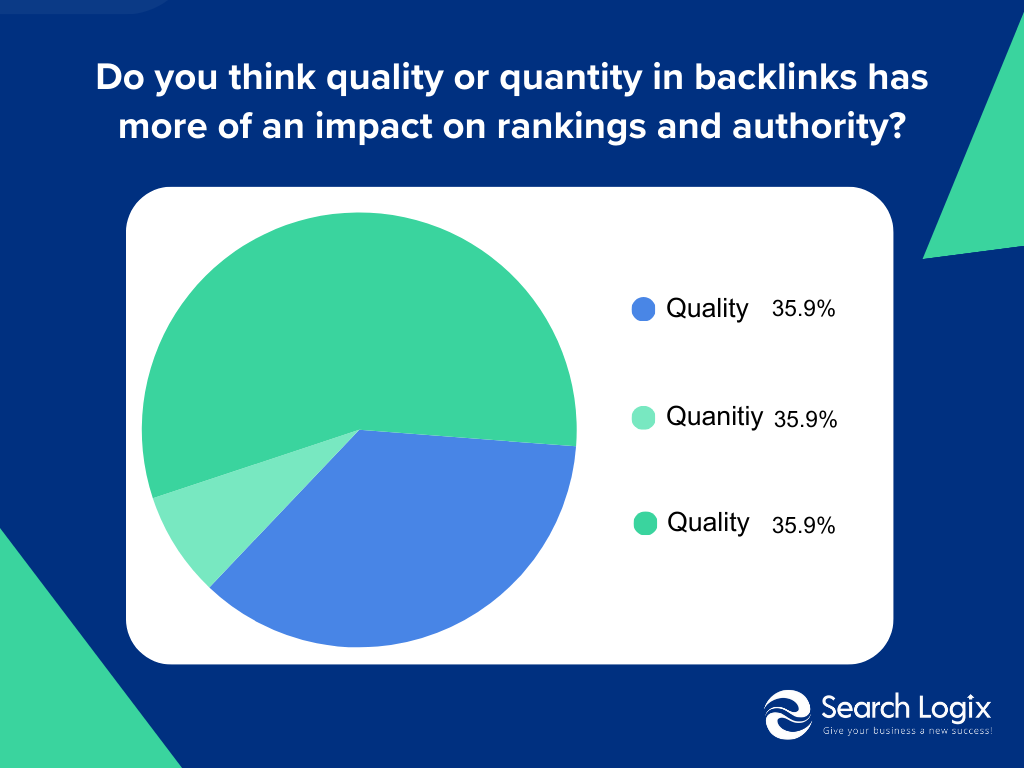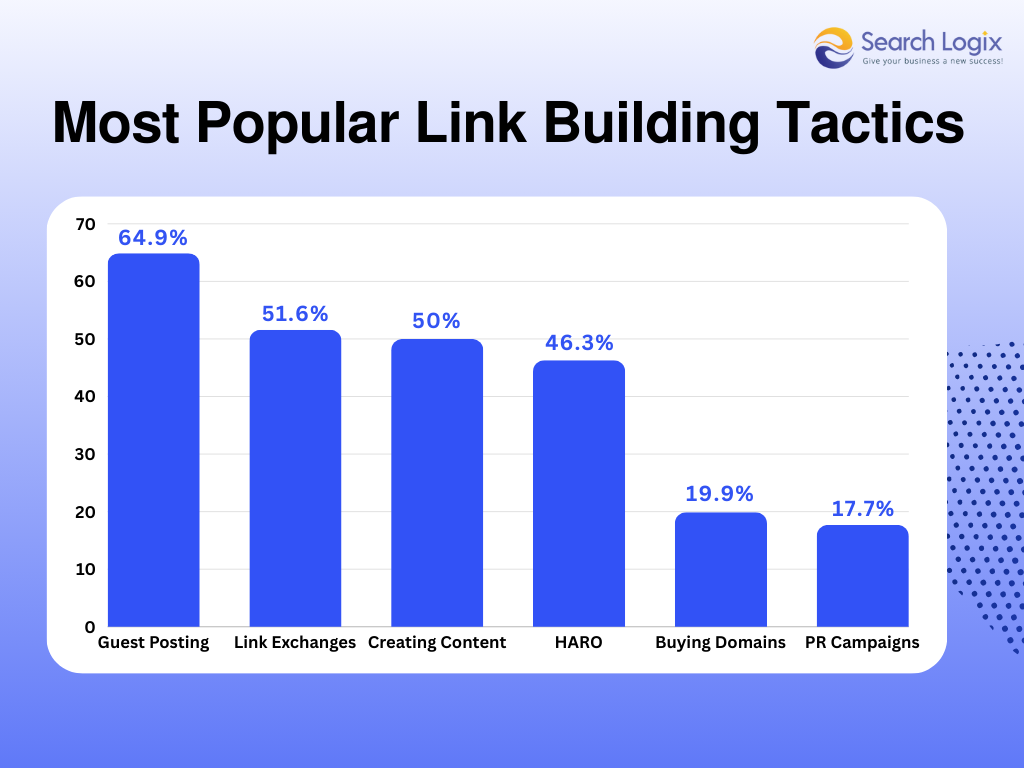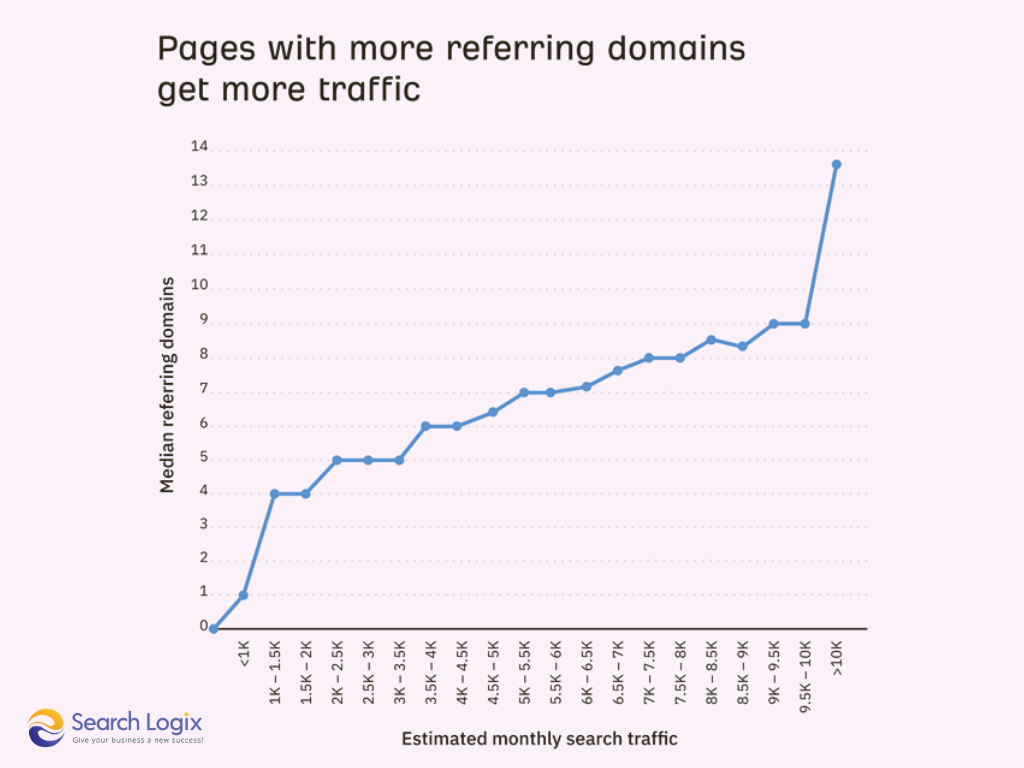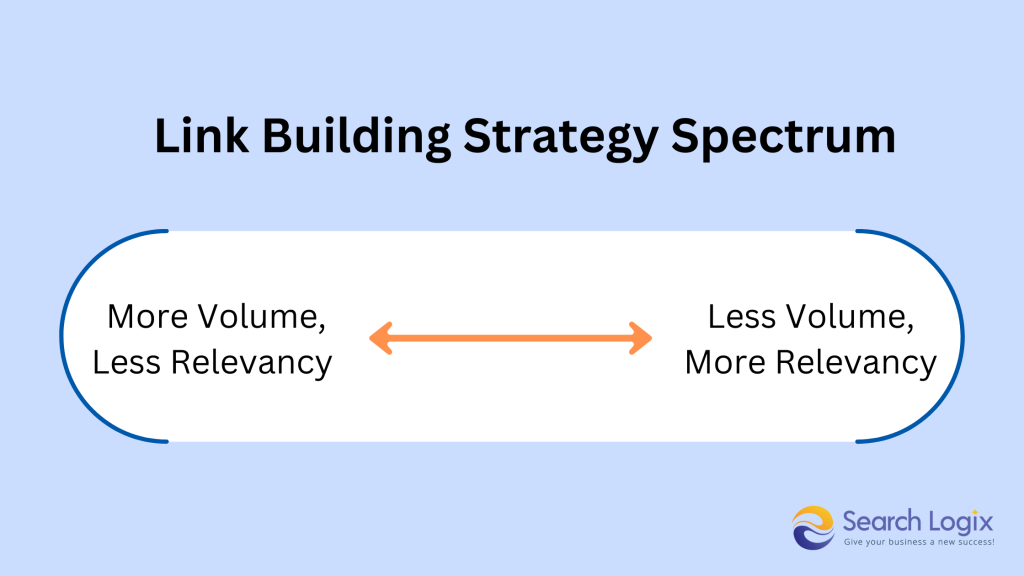Backlink Analysis: An Ultimate Guide to Boost Your SEO
Table of Contents
There are several factors that help a website reach top rankings on search engine result pages (SERPs). They include quality content distribution, keyword planning and execution, user experience, technical SEO checks, and many more.
Among these factors, one of the most crucial one is backlinks. These links help to increase organic traffic by driving users from other reputed sources to your website. However, analyzing these links is also important as they might be of low quality or spammy.
This guide covers all the information about backlink analysis, how to do it, and why it is necessary to check website backlinks.
Let’s first start with an introduction to backlink analysis.
What is Backlinks Analysis?
Backlink analysis is an SEO activity that focuses on checking website’s links that are coming from other websites. This process helps to analyze the relevancy, credibility and quality of your website backlinks. Doing backlink analysis helps to know their impact on your search engine rankings and find the scopes of improvement.
The report of a backlink analysis shows the exact spots from where traffic is coming, and whether these links are active or not. By understanding this report, you can evaluate your overall off-page SEO performance, implying critical activities for better outcomes.
Another important purpose of doing backlink analysis is to discover opportunities for building new backlinks. You can find valuable websites from where you can acquire quality traffic and curate your backlink profile naturally.

Backlink analysis also help you know where your competitors are standing in the similar landscape. You can compare your backlink profile to theirs and capitalize accordingly to gain more traffic. This competitive comparison of backlinks will take you a step ahead in link building strategies.
Why Backlink Analysis is Important?
There are plenty of reasons to do a backlink analysis of your website and streamline more fruitful off-page SEO activities. Let’s get to know them:
1. Enhance Backlink Profile Health
As mentioned above, backlink analysis is crucial for optimizing backlink profile. But how it helps – it helps to find low-quality, spammy links that are toxic for your website. These links can increase your website’s spam score, hurting its overall performance.
Doing backlink analysis will help you detect and remove these links before they affect your website’s reputation on search visibility.
2. Discover More Link Building Opportunities
Checking website backlinks plays a crucial role in optimizing your link building strategies. It will help you discover higher authority websites from where you can get backlinks to your content. You can outreach these websites and build new links to gain more authority for your website.
Moreover, you can easily track broken links or branding opportunities where you can list your website. These linkable assets act as new link building opportunities that can boost your strategies effectively.

3. Optimizes Content Strategy
Backlink analysis helps to gain traffic for you content. However, the reports from this analysis can help you determine which type of content is providing highest traffic, in quality as well as quality. Once you list the topics and content formats that can boost your backlink profile, you can boost search rankings of your pages as well.
4. Boosts Competitiveness
Backlink analysis provide crucial stats that can help you compare your backlink profile with competitors. This process will segment performing and non-performing links to know which websites your competitors are using to gain high traffic.
Moreover, knowing the high-quality traffic sources can boost your website’s search visibility. You can build links using the same resources and strengthen your backlink profile.
There are plenty of other reasons of doing backlink analysis such as increasing website’s domain rating, increase your brand’s content relevancy, and enhance your online presence. However, explained above are most crucial ones.
Top Backlinks Factors to Analyze
After knowing the importance of backlink analysis, let’s talk about the main factors of tracking your backlinks and what kind of metrics you should pay attention to.
1. Total Links and Their Uniqueness
This metric simply counts all the links pointing to your website and the number of unique websites those links come from. A higher number of backlinks generally suggests a more authoritative site in the eyes of search engines.
Comparing your total links and referring domains to competitors gives you a basic idea of how you stack up in terms of online presence.
2. Referring Domains
This goes beyond just the total number of links. It tells you which specific websites are linking to yours. For your own site, this reveals where your most valuable types of backlink come from and which content is attracting them.

For competitors, analyzing their referring domains reveals potential link-building opportunities for your own site. After all, if a site linked to your competitor, they might be open to linking to you as well, depending on your content’s relevance.
3. Relevance
Not all backlinks are created equal. Search engines prioritize relevant connections. Ideally, your backlinks should come from websites that topically relate to your own content. This tells search engines that your site offers valuable and relevant information on a particular subject.
4. Anchor Texts
Anchor text is the visible text that users click on when following a link. Relevant anchor texts are important for both users and search engines. For users, relevant anchor text clearly describes the content they’ll find on the linked page. For search engines, relevant anchor text provides context about the linked page’s content.
5. Credibility and Authority of Websites
Getting high-quality backlinks from trusted websites are like gold for SEO. Search engines consider these links as “votes of confidence” in your website’s trustworthiness and expertise. The more credible the websites linking to you, the better your website will be perceived by search engines.
A healthy backlink profile should consist of a good number of links from relevant, authoritative websites, with natural and relevant anchor text. By analyzing these metrics, you can identify areas for improvement in your SEO strategy.
How to Analyze and Check Website Backlinks?
1. Pick Sites for Analysis
The initial step in the backlink analysis process involves identifying the websites you intend to analyze. Naturally, your own website should be the primary focus, allowing you to assess the current state of your backlink profile and identify areas for potential improvement.
Here are effective strategies for pinpointing your main competitors within your industry:
- Identify Existing Competitors: Consider the companies and websites that you already recognize as your primary competitors within your industry or niche.
- Research New Competitors: Conduct targeted Google searches using your most valuable keywords and phrases.
Analyzing the backlink profiles of these competitor websites can reveal valuable insights into their SEO strategies, potentially informing your own approach. Once you have identified your key competitors, you can include them alongside your own website for a more comprehensive backlink analysis.
2. Identifying Backlinks
Backlinks, also referred to as inbound links, are essentially links from other websites that point to your content. These links serve as a form of endorsement, indicating that another website has deemed your content valuable and relevant enough to share with its own audience. Identifying your backlinks is a crucial step in understanding the overall health of your backlink profile.
The primary objective during the backlink identification stage is to discover high-quality, reputable websites linking to your content. Backlinks from such websites can significantly enhance your website’s SEO by increasing its authority and credibility in the eyes of search engines.
3. Anchor Text Analysis
Anchor text analysis is a focused examination of the text used within backlinks to assess its relevance to your target keywords and its potential impact on your website’s search engine ranking. By analyzing the anchor text of your backlinks, you can identify patterns and optimize your own anchor text usage for better SEO performance.

For instance, if your website receives numerous backlinks containing your researched target keywords as anchor text, this sends a positive signal to search engines, suggesting that your content is relevant and trustworthy in relation to those keywords. This can potentially lead to higher rankings for your website within the SERPs.
4. Look at the Follow/Nofollow Ratio
It’s important to understand the distinction between two primary types of backlinks: Follow and Nofollow.
- Follow Links: Follow links are the most coveted type of backlink. They act as a form of endorsement, passing on “link juice” to the linked website.
- Nofollow Links: Nofollow links, while not directly contributing to your website’s SEO ranking through link juice, still hold value within your backlink profile.
A healthy backlink profile should ideally consist of a mix of both follow and nofollow links. An excessive number of nofollow links might raise a red flag for search engines, potentially indicating unnatural backlink acquisition practices. However, a backlink profile composed solely of follow links might also appear suspicious, suggesting manipulation.
5. Analyze the Authority Score of Websites
Backlink Authority Score (AS) is a metric used within SEO to quantify the authority and credibility of a website. Websites with a higher AS are generally considered more authoritative and trustworthy by search engines. Backlinks originating from websites with a high AS can significantly improve your own website’s authority and ranking potential.
However, it’s important to remember that search engines prioritize not just authority, but also relevance and context. Focus on acquiring backlinks from websites that are not only authoritative but also thematically relevant to your website’s content.
6. Check Link Relevance
A backlink from a website that covers similar topics and caters to a similar audience carries significantly more weight than a link from a website in a completely unrelated field. By examining the source of each backlink and ensuring a thematic connection between your website and the linking website, you can enhance the overall quality of your backlink profile.

A high-quality backlink profile, rich in relevant links, sends positive signals to search engines, ultimately leading to improved website credibility, increased referral traffic, and potentially, higher search engine rankings.
7. Use a Professional and Reliable SEO Tool
Several SEO tools are available to empower your backlink analysis efforts and provide valuable insights into your website’s backlink profile. Here are some of the most popular options:
- Google Search Console
- Semrush
- RanksPro
- Ahrefs
- MOZ
These tools not only allow you to monitor your backlinks and assess their quality. However, some SEO tools, like RanksPro and Semrush, also enable you to conduct comprehensive backlink audits and disavow potentially harmful links that could negatively impact your website’s SEO.
Analyze your Competitive Backlinks with eSearch Logix
By effectively utilizing backlink analysis and the insights, you can gain a deeper understanding of your website’s authority and identify areas for improvement within your overall SEO strategy. This comprehensive guide has delved into the world of backlink analysis, equipping you with the knowledge to its significance for SEO.
To simplify this process for you or if you don’t have experts for backlink analysis, eSearch Logix can help you. We leverage industry-leading tools and combine them with our extensive SEO knowledge to:
- Uncover Your Backlink Profile: We’ll identify all backlinks pointing to your website and analyze their quality.
- Benchmark Your Competitors: Gain insights into your competitor’s backlink strategies and identify potential opportunities.
- Disavow Harmful Links: Protect your website from negative SEO tactics by identifying and disavowing harmful backlinks.
- Develop a Backlink Strategy: We’ll craft a customized plan to acquire high-quality backlinks from relevant websites, boosting your website’s authority and ranking potential.
Contact eSearch Logix today and unlock the full potential of your website through our comprehensive backlink analysis and SEO services. Let’s work together to elevate your online presence and achieve your digital marketing goals.







